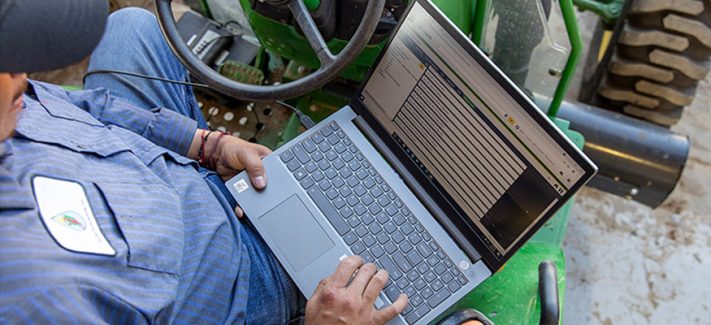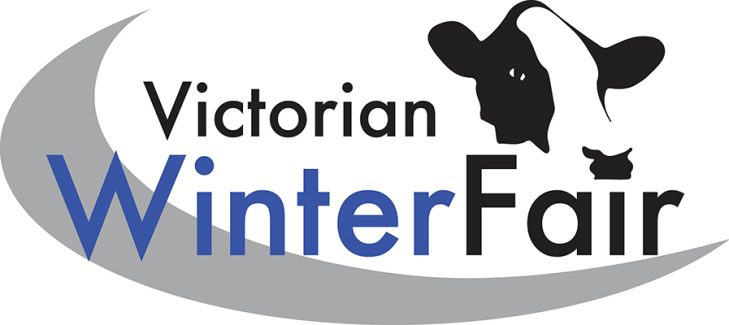The revised formula for Net Merit was implemented with the triannual evaluations on August 10, 2021 – delivering an improved tool to dairy producers to breed more profitable and efficient cows.
The 2021 revision is quite significant, with three new traits and important updates to economic weights based on new information.
“The goal of Net Merit has remained constant – to select for a balance of traits that maximize profitability,” stated João Dürr, CEO of CDCB. “We want the next generations of cows to be healthier, longer living, more resilient, more efficient, and ultimately more profitable than the current generation. That is what Net Merit is designed to do.”

What are the key takeaways of the Net Merit 2021 revision?
Three new traits were incorporated – Feed Saved, Heifer Livability and Early First Calving.
- Net Merit 2021 more accurately reflects the differences in maintenance costs between cows. The same research that allowed measurement and calculation of genomic evaluations for Feed Saved also showed that cows’ maintenance costs were previously underestimated.
- Net Merit now includes more than 40 traits, some as individual traits and some through a composite (i.e., calving ability, health dollars, udder, feet and legs, and body weight composite).
- The emphasis given to various traits also changed, with more emphasis toward longer Productive Life and smaller Body Weight Composite.
- Relative emphasis is now used instead of relative value to describe the emphasis of traits within the index.

The figure above shows the relative emphasis of the traits and composites in Net Merit. Relative emphasis considers that traits have different reliabilities and ranges of genetic variation – particularly beneficial when adding new traits with high economic importance and lower reliability, such as Feed Saved and Residual Feed Intake (RFI).
- There is a high correlation (98.1%) between the previous (2018) and new (2021) Net Merit formulas.
- There is an increase in the variation of Net Merit, reflected by an increased range of Net Merit PTAs for all animals – both male and female.

The figure above shows the distribution of NM$ Predicted Transmitting Abilities (PTA) for A.I. bulls*, comparing the 2018 and 2021 Net Merit versions. NM$ 2021 (in orange) has a wider distribution – or larger variance – and a higher mean PTA ($562, compared with the mean of $478 in April). As expected, the inclusion of residual feed intake (RFI), which is a trait with high economic value and low average reliability made the NM$ mean reliability decrease from 78.5% to 75.5% among the A.I. bulls. (*Includes all A.I. bulls with NAAB status of Active (A), Foreign (F), Genomic (G) or Progeny-test (P), August 2021, approximately 7000 bulls.
In summary, Net Merit has always been based on the best available research to provide unbiased estimates of expected lifetime profit. The 2021 update incorporates newer traits of significant economic importance and revises previous assumptions. Using a comprehensive index like Net Merit – which accounts for all traits appropriately and without bias – is the best way to maximize profitability through genetic improvement in all evaluated traits.
Provided by CDCB




